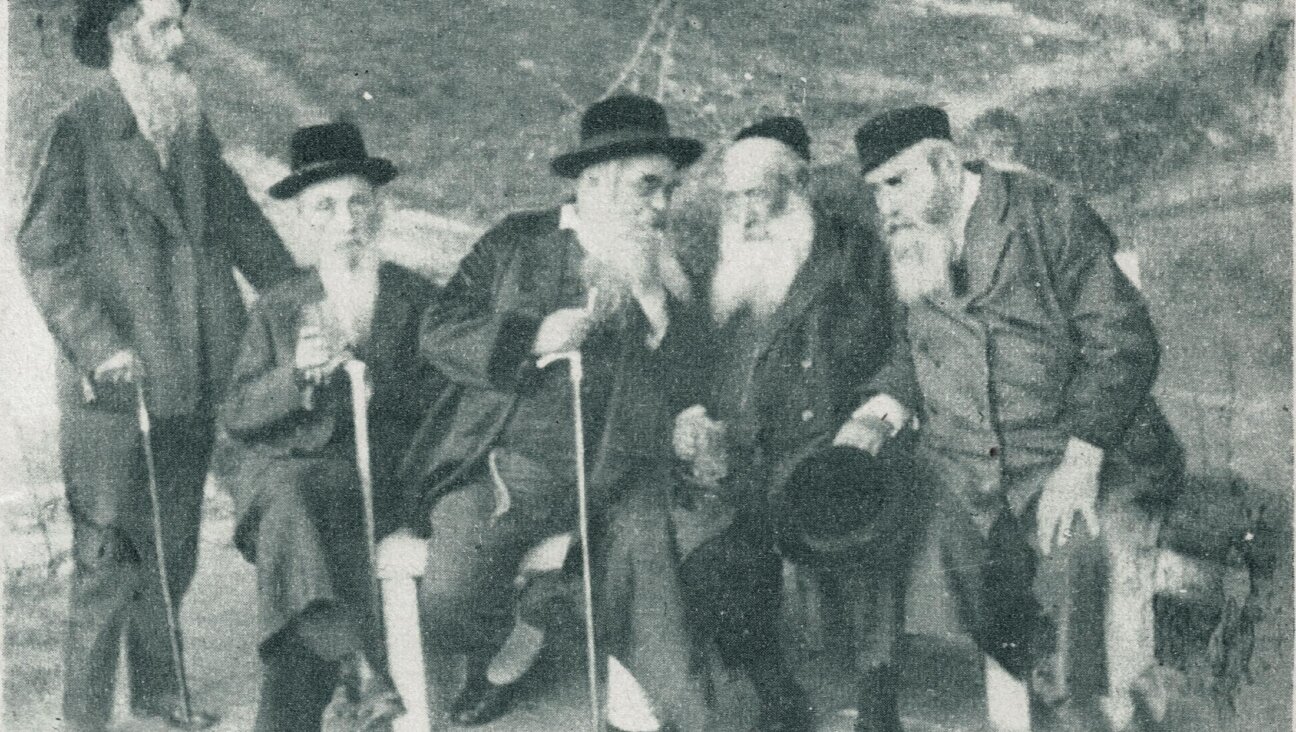Video: 12-year-old chef bakes pretzels in Yiddish
Besides cooking, Sender Glasser loves playing the trombone and playing soccer

Courtesy of the Forward
Sender Glasser, a seventh grader in Scotch Plains, New Jersey, who speaks Yiddish, Polish and English fluently, has put together a tutorial in Yiddish on how to make delicious, fluffy pretzels. The video is produced by the Forverts.
Glasser is the son of Yiddish linguist and Forverts contributor Hershl Glasser and Polish-born Yiddishist Gosha Zaremba. He likes playing and watching soccer, playing trombone, biking, and, of course, cooking.
Pretzels, which were most likely invented in northern Italy in the medieval period, became popular in Germany, Austria and the German-speaking part of Switzerland as symbols of good luck. The recipe for the baked pastry came to the United States in the 18th century, thanks to Pennsylvania Dutch immigrants.
At the turn of the 20th century, peddlers began selling pretzels on street corners. But mass production of the snack greatly increased its availability. Today they’re sold at grocery stores, movie theaters, concert halls and sports stadiums.
Yet, as Glasser will attest, there’s nothing like making pretzels from scratch, with natural ingredients, in your own kitchen!
Ingredients:
2 3/4 cups bread flour, plus extra for dusting
1 cup all-purpose flour
1 tsp. salt
2 tbsp. sugar
2 tsp. active dry yeast
1 tbsp. oil, plus extra for greasing
For the glaze:
1/4 tsp. baking soda
Coarse sea salt or 2 tbsp. sesame seeds
1 egg, beaten
A message from our Publisher & CEO Rachel Fishman Feddersen

I hope you appreciated this article. Before you go, I’d like to ask you to please support the Forward’s award-winning, nonprofit journalism during this critical time.
At a time when other newsrooms are closing or cutting back, the Forward has removed its paywall and invested additional resources to report on the ground from Israel and around the U.S. on the impact of the war, rising antisemitism and polarized discourse.
Readers like you make it all possible. Support our work by becoming a Forward Member and connect with our journalism and your community.
— Rachel Fishman Feddersen, Publisher and CEO






























